Designing for Accessibility: Creating Inclusive Digital Experiences
Designing with accessibility in mind is not only ethically responsible but also a legal requirement in many jurisdictions. An inclusive design approach ensures that digital experiences are accessible to all individuals, regardless of their abilities. In this blog post, we will explore the importance of accessibility in design and how to create inclusive digital experiences.
Understanding Accessibility and Its Impact:
Accessibility refers to designing digital products, websites, and applications to be usable by all individuals, including those with disabilities. It covers various aspects, such as visual, auditory, motor, and cognitive impairments. By embracing accessibility, designers can reach a broader audience and improve the user experience for everyone.
Accessibility Guidelines and Standards:
- Web Content Accessibility Guidelines (WCAG): Developed by the Web Accessibility Initiative (WAI), WCAG is a set of guidelines that provide criteria for making web content more accessible. It covers areas like perceivability, operability, understandability, and robustness.
- Section 508: In the United States, Section 508 of the Rehabilitation Act mandates federal agencies to make their electronic and information technology accessible to individuals with disabilities.
- Accessible Rich Internet Applications (ARIA): ARIA is a set of attributes that can be added to HTML to improve the accessibility of dynamic content and web applications.
Designing for Inclusive User Interfaces:
- Color Contrast: Ensure sufficient contrast between text and background colors to enhance readability for individuals with low vision or color blindness.
- Keyboard Navigation: Design interfaces that can be navigated using a keyboard alone, as some users may not be able to use a mouse or touchpad.
- Alternative Text (Alt Text): Provide descriptive alt text for images and visuals, enabling screen readers to convey the information to users with visual impairments.
- Headings and Structure: Use proper heading tags (h1, h2, h3, etc.) to create a clear and organized content structure, making it easier for screen readers to navigate.
- Accessible Forms: Ensure that forms are labeled correctly and provide clear instructions for users to complete them.
- Audio and Video Transcripts: Include transcripts and captions for audio and video content, allowing users with hearing impairments to access the information.
User Testing and Feedback:
Conduct user testing with individuals with disabilities to gain insights into the accessibility of your design. User feedback provides valuable input for making improvements and identifying potential barriers.
Empathy-Driven Design:
An empathy-driven design approach involves understanding the challenges faced by individuals with disabilities and creating solutions that cater to their specific needs. This approach fosters a deeper connection between designers and users and results in more thoughtful and inclusive designs.
Conclusion:
Designing for accessibility is not only a legal requirement but a moral obligation. By prioritizing inclusive design principles, designers can create digital experiences that welcome all users, regardless of their abilities.



.jpeg)